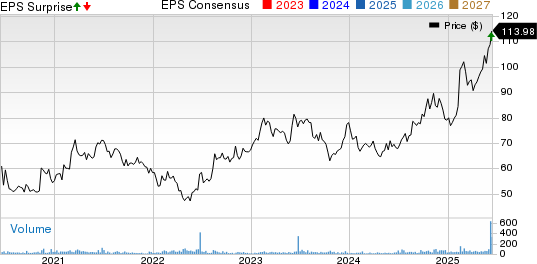Billionaire Frank McCourt Leads Project Liberty’s Bid for TikTok U.S. Assets
Frank McCourt, the billionaire former owner of the Los Angeles Dodgers, is leading Project Liberty in a proposal to acquire TikTok’s U.S. operations before the January 19 deadline imposed on ByteDance. This requirement mandates the company’s divestment of the platform to avoid a potential ban. Formed through a consortium dubbed The People’s Bid, the initiative emphasizes financial backing from private equity funds, family offices, high-net-worth individuals, and a prominent U.S. bank, though specific financial terms have not been revealed.
McCourt’s bid aims to ensure TikTok’s ongoing presence in the U.S. while addressing issues related to data privacy and national security. He has underscored TikTok’s cultural importance, asserting that the acquisition would keep the platform accessible for millions of American users and potentially avert a ban. Yet, as the deadline looms, the uncertainty surrounding ByteDance’s next steps raises questions for involved parties, including the anticipated influence of the incoming Trump administration on negotiations.
Market Overview:
- Project Liberty is looking to purchase TikTok’s U.S. assets as ByteDance faces a January 19 divestiture deadline.
- The consortium has secured financial commitments from private equity funds, family offices, and a major U.S. bank.
- The bid targets the resolution of privacy concerns to prevent TikTok’s ban in America.
Key Points:
- The consortium wants to run TikTok without its current algorithm to reduce data privacy issues.
- ByteDance’s potential response and possible competing bids introduce uncertainty for Project Liberty’s plan.
- This proposal is part of a larger scrutiny of foreign-owned social media platforms operating in the U.S.
Looking Ahead:
- ByteDance’s decisions will impact TikTok’s future not only in the U.S. but also globally.
- Ongoing government oversight may affect the outcome of any acquisition proposal.
- Project Liberty’s initiative could spark similar actions aimed at foreign-owned digital platforms.
Bull Case:
- Backing from Project Liberty would allow TikTok to continue its U.S. operations and address significant national security concerns.
- Running TikTok without its current algorithm shows a proactive effort to tackle privacy threats.
- Strong financial support highlights investor confidence in TikTok’s viability under new management.
- This acquisition aligns with broader aims to protect U.S. digital assets while leveraging TikTok’s cultural and economic contributions.
- McCourt’s experience in significant ventures lends credibility and strategic guidance to this initiative.
Bear Case:
- Ambiguity regarding ByteDance’s actions and other possible bids could hinder Project Liberty’s success.
- Lack of disclosed financial specifics may leave questions about the consortium’s ability to satisfy ByteDance’s valuation for TikTok’s U.S. assets.
- Running TikTok without its existing algorithm could hurt user experience, making it less competitive in the social media space.
- Government scrutiny could complicate negotiations under the new Trump administration.
- The looming deadline of January 19 adds pressure, which might result in hasty decisions that do not adequately tackle long-term issues.
McCourt’s bid showcases the ongoing battle between national security and the desire to sustain a platform that has gained immense popularity. The proposed acquisition seeks to address pivotal privacy concerns while reimagining TikTok’s operational strategy to maintain access for U.S. users. With significant financial backing from key investors, the stakes are high for TikTok’s future.
As the January 19 deadline approaches, ByteDance is under increasing pressure to make a decisive move amid a rapidly changing regulatory climate. The ultimate outcome of Project Liberty’s bid may shape future governance in social media and the delicate balance of technology, privacy, and geopolitical interests.
This article was originally published on Quiver News, read the full story.
The views and opinions expressed herein are the views and opinions of the author and do not necessarily reflect those of Nasdaq, Inc.







